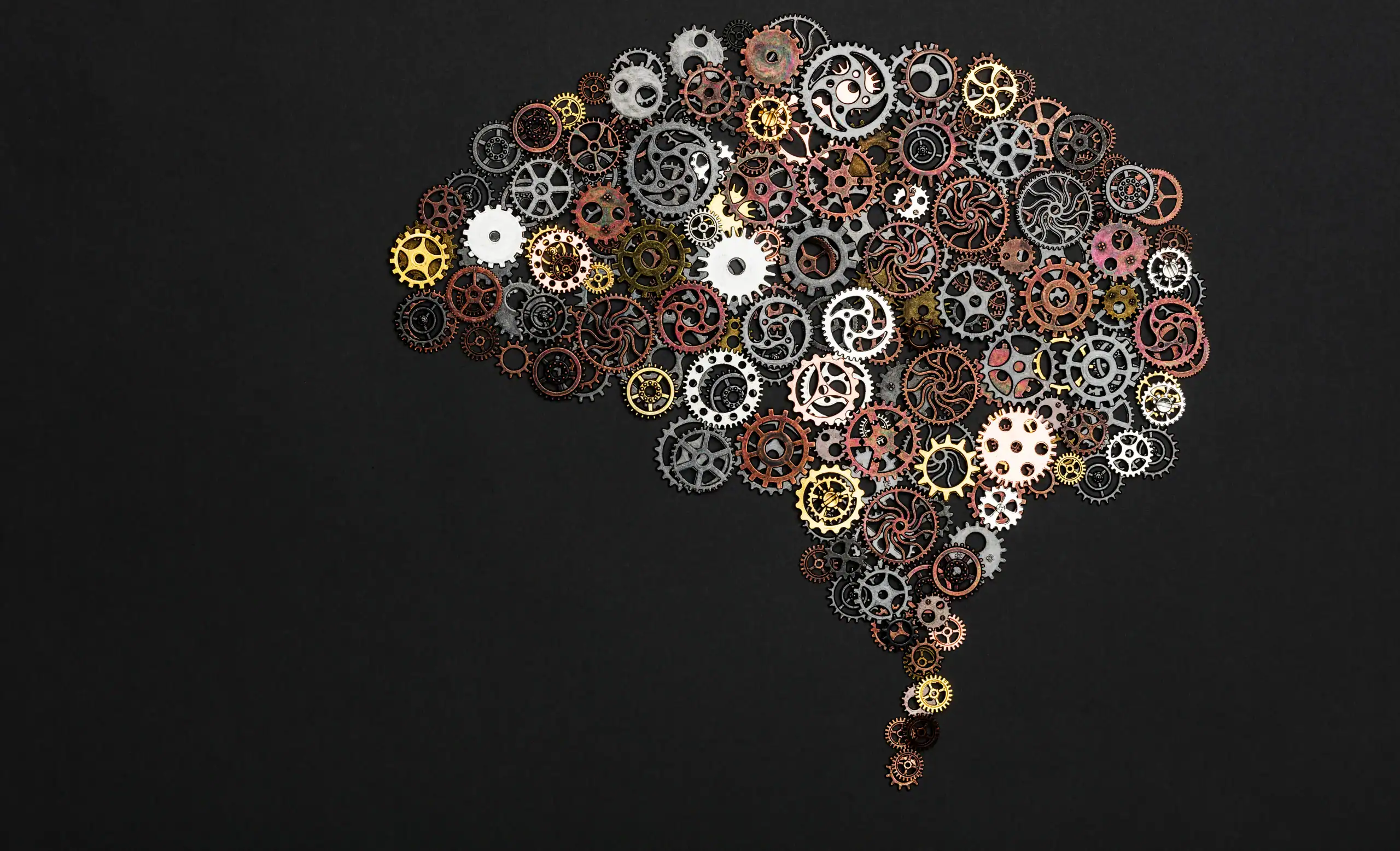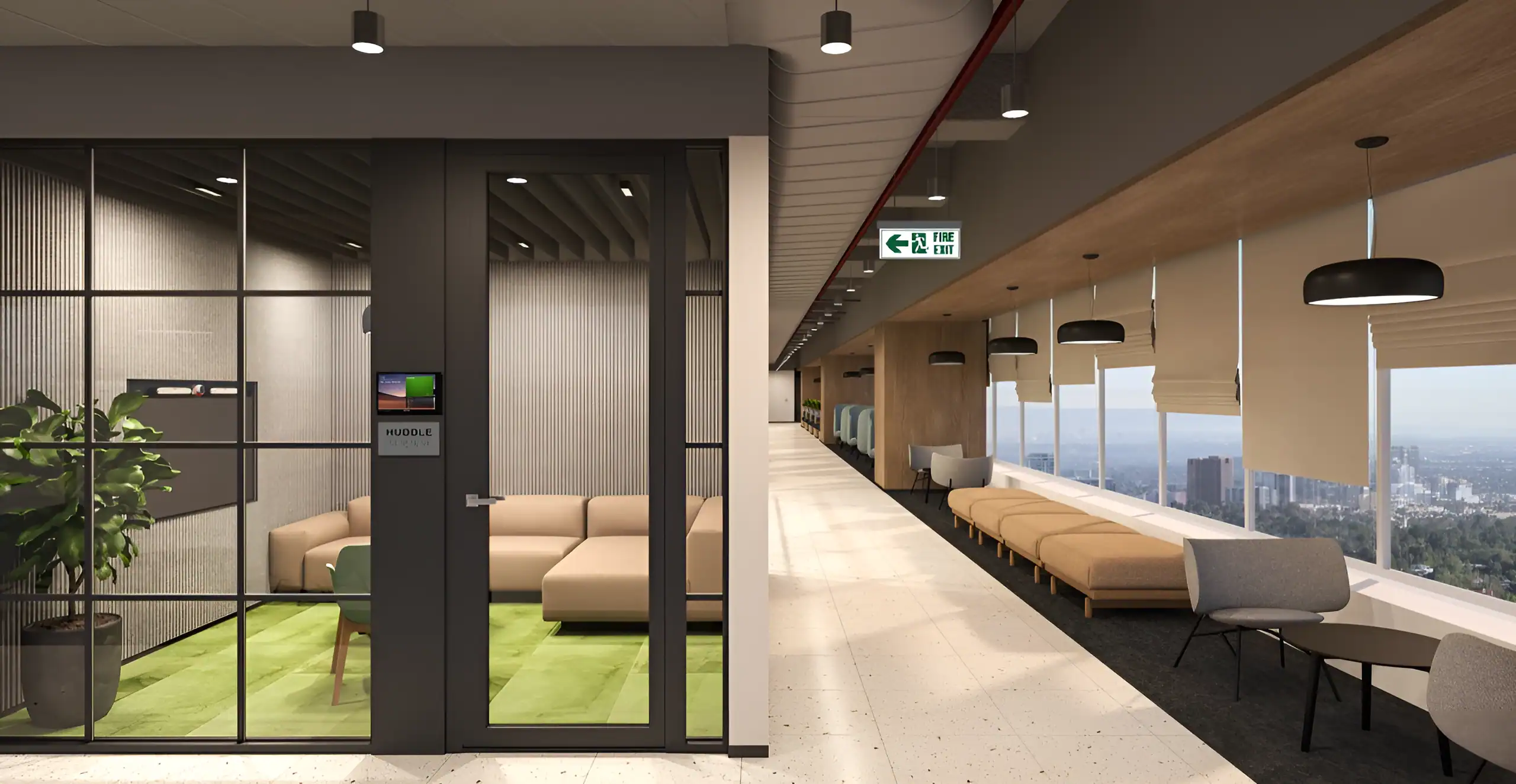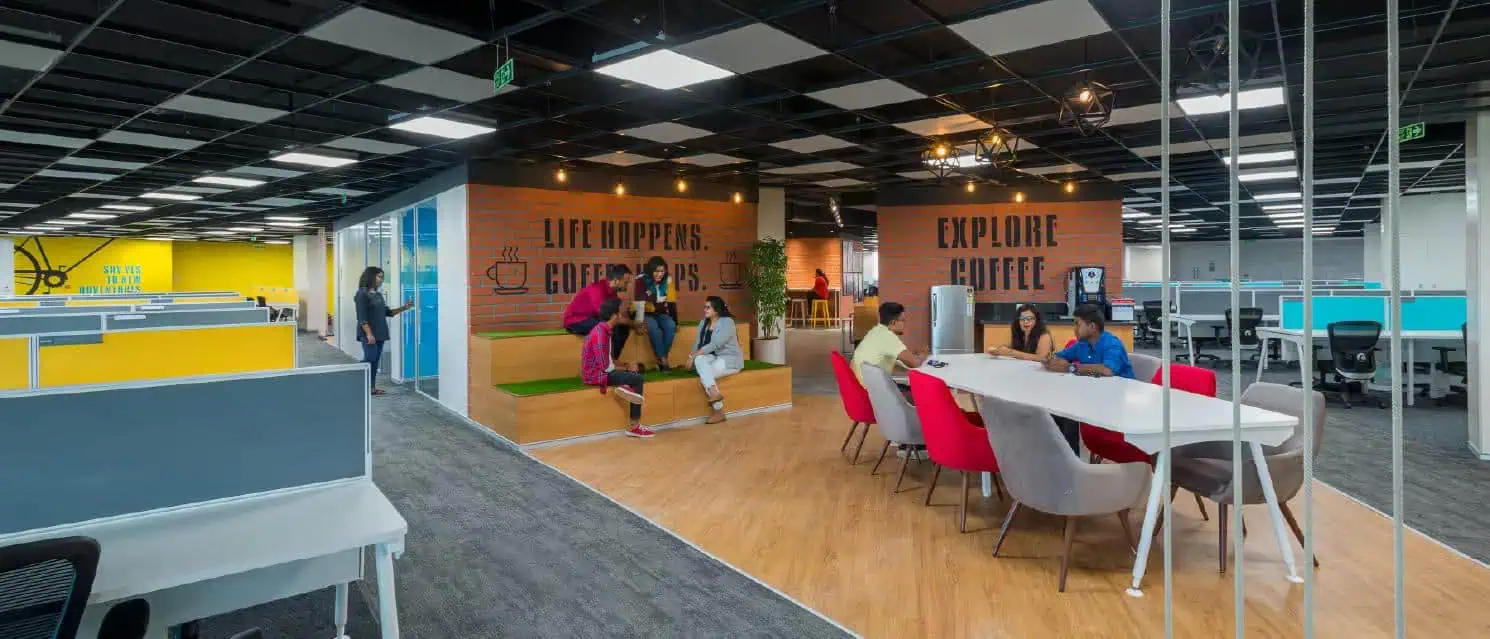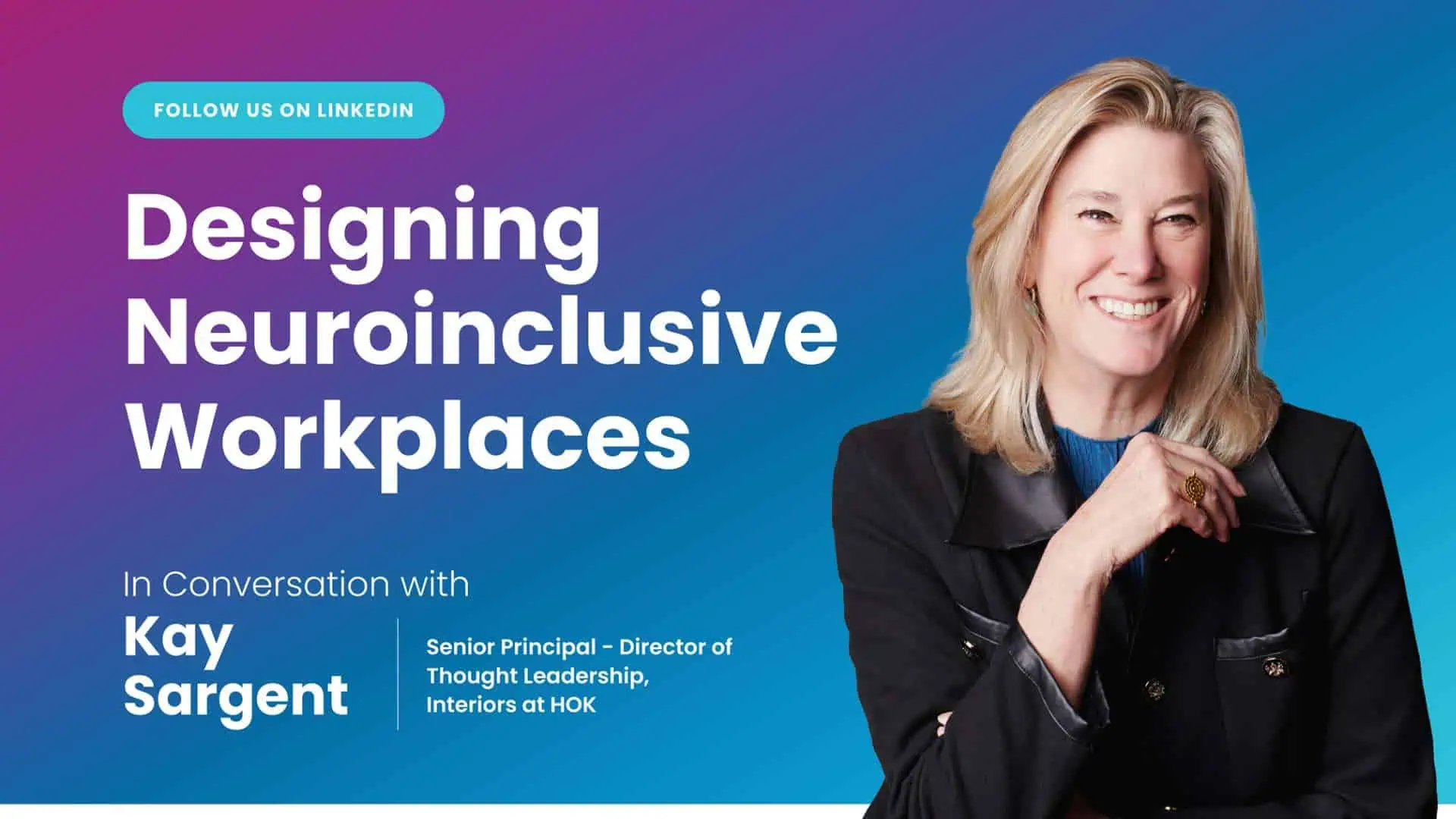29-year-old Malik, a talented graphic designer, often grapples with a profound sense of disconnection and feels undervalued at work. Despite his undeniable talent and boundless creativity, the cacophony of ringing phones and clattering keyboards in his open-plan office disrupts his concentration, leaving him adrift and unsettled. Aisha, 35, a Senior Financial Analyst, battles with sensory overload amidst the office chaos, struggling to concentrate on intricate financial data. Meanwhile, 24-year-old Juan, a master of code and algorithms quietly yearns for a workplace, where he feels his unique perspective is valued and celebrated. The rigid routines and predictable patterns of office life often leave him feeling stifled and uninspired.
Does this suggest that Malik, Aisha, and Juan are incapable of adapting to their surroundings? No! They are just wired differently, and their surroundings fail to cater to their unique needs. Rather, they highlight their unique neurodiverse perspectives, underscoring the necessity for workplaces to accommodate diverse sensory needs and celebrate individuality.
Statistics show that 1 in 7 individuals possess a neurodiverse difference, emphasizing the imperative for workplaces to foster inclusivity and support for varying cognitive styles.
What Is Neurodiversity?

Understanding the diverse needs of hypersensitive individuals like Malik and Aisha, and hypersensitive personalities like Juan is crucial in creating inclusive workplace environments. Beyond the hypersensitive and hypersensitive categorization, neurodiversity encompasses a broad spectrum of cognitive and neurological differences, each with its unique characteristics and challenges.
Some common types of personalities within neurodiversity include:
- Autism Spectrum Disorder (ASD):
Individuals may show differences in communication, social interaction, and sensory processing.
- Attention-Deficit/Hyperactivity Disorder (ADHD):
Symptoms include impulsivity, hyperactivity, and difficulty sustaining attention, affecting individuals differently in dynamic environments.
- Dyslexia:
Challenges with reading, spelling, and writing contrast with strengths in creativity and visual thinking.
- Dyspraxia:
Individuals excel in creativity but face difficulties with precise motor control and coordination.
- Sensory Processing Disorder (SPD):
Sensitivity or insensitivity to sensory stimuli influences responses to sounds, textures, and tastes.
Now that we have had a brief look at neurodiverse needs, let us delve deep into understanding the impact of design for these neurodiverse needs.
Why Designing for Neurodiversity Is Crucial
- Promotes inclusivity and diversity in the workplace
According to the World Health Organization (WHO), approximately 15% of the world’s population live with some form of neurodiverse condition.
The neurodiverse design ensures that the workplace is inclusive and accommodating to individuals with diverse cognitive styles and sensory preferences.
- Enhances employee satisfaction, well-being, and productivity
When employees feel supported and understood in their work environment, it enhances their overall satisfaction and well-being. The neurodiverse design creates spaces that cater to individuals’ specific needs, reducing stress and anxiety while promoting comfort and focus.
- Fosters creativity, innovation, and problem-solving
Neurodiverse individuals often possess unique perspectives, creative thinking abilities, and problem-solving skills. By embracing neurodiversity in design, organizations tap into this diverse talent pool, fostering creativity, innovation, and out-of-the-box thinking.
- Improves retention and talent acquisition by attracting individuals from diverse backgrounds
Organizations that prioritize neurodiverse design demonstrate their commitment to inclusivity and diversity, making them more attractive to job seekers from diverse backgrounds.
- Drives business performance and competitive advantage through a more engaged and diverse workforce
A study conducted by Deloitte found that organizations that prioritize diversity and inclusion, including neurodiversity, outperform their peers in terms of financial performance.
A neurodiverse workforce thus brings together individuals with a wide range of skills, experiences, and perspectives, leading to enhanced collaboration and problem-solving capabilities.
Let us now understand how to design conducive workplaces to cater to neurodiverse individuals.
How to Design for Neurodiversity?
1. Sensory-Friendly Art and Decor
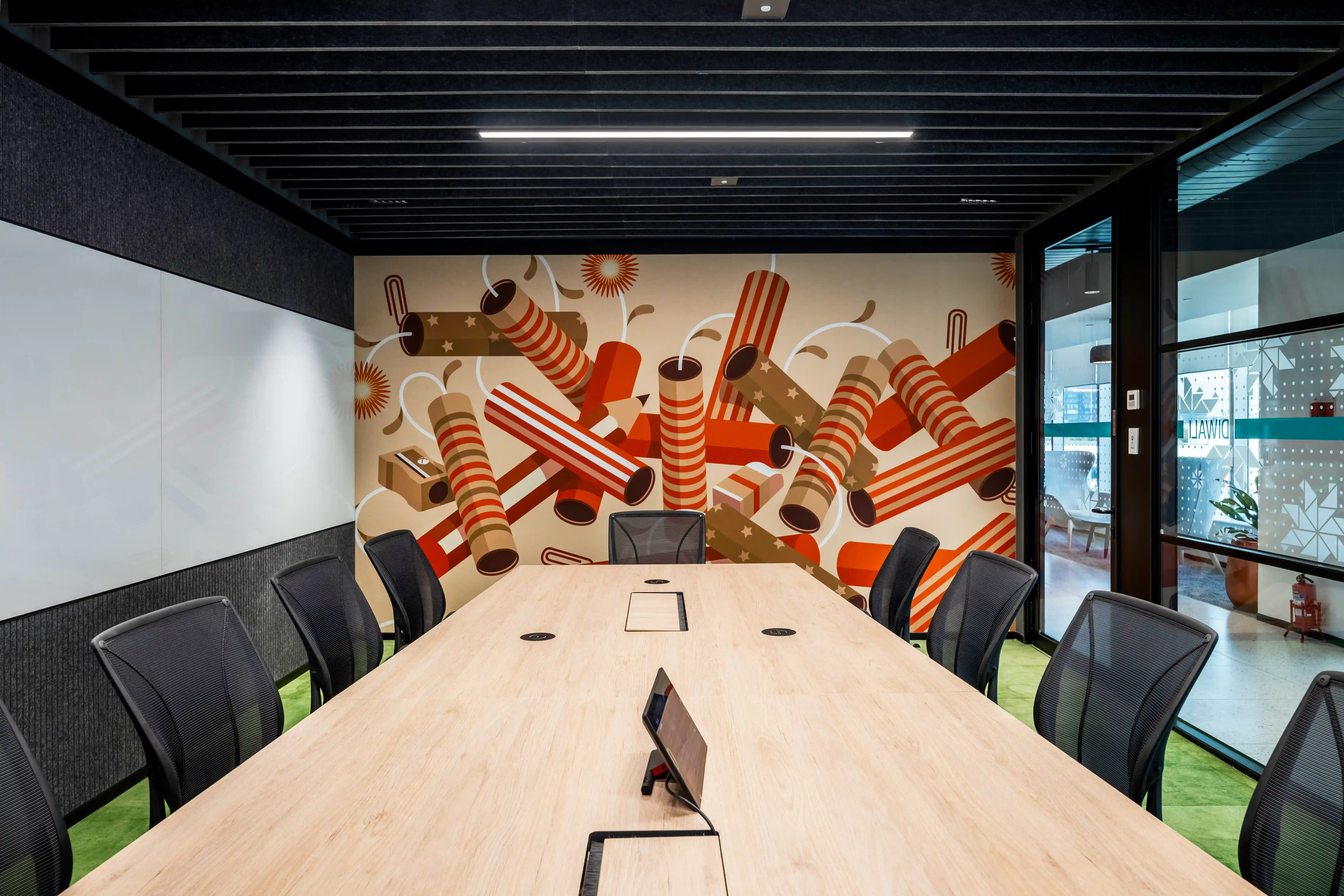
Conduct a thorough assessment of the workplace environment, considering factors such as lighting, acoustics, and spatial layout. Select artwork and decor that align with industry standards for promoting relaxation and reducing sensory overload.
Actionable Insight: Implement a feedback mechanism to gather input from employees regarding their preferences for sensory-friendly art and decor. Utilize surveys, focus groups, or interactive workshops to ensure that the selected artwork resonates with diverse cultural backgrounds and personal preferences, fostering a sense of inclusivity and belonging.
2. Flexible Furniture Arrangements

Invest in adaptable furniture solutions for durability, functionality, and sustainability, ensuring that the furniture can withstand frequent reconfigurations while promoting employee comfort and well-being.
Actionable Insight: Implement a pilot program to test different furniture arrangements in select areas of the workplace, gathering feedback from employees on their usability and effectiveness. Monitor key performance indicators such as productivity, collaboration, and employee satisfaction to assess the impact of flexible furniture arrangements on overall workplace performance, informing future design decisions and optimizations.
3. Quiet Zones and Retreat Spaces
Collaborate with workplace psychologists or occupational therapists to design quiet zones and retreat spaces based on evidence-based principles of environmental psychology and sensory regulation. Incorporate elements such as biophilic design, ergonomic seating, and soundproofing materials to create a tranquil environment that promotes relaxation and mental well-being.
Actionable Insight: Provide training sessions or educational materials to raise awareness among employees about the purpose and benefits of these spaces, encouraging their proactive use for stress relief and rejuvenation during the workday.
4. Visual Organization Systems
Consult with workplace ergonomists or accessibility experts to implement visual organization systems that adhere to universal design principles and accessibility standards. Prioritize simplicity, clarity, and consistency in the design of visual cues and signage, ensuring that they are easily comprehensible and intuitive for individuals with diverse cognitive abilities and learning styles.
Actionable Insight: Conduct usability testing with a diverse group of employees to evaluate the effectiveness of visual organization systems in real-world scenarios. Gather feedback on the clarity, visibility, and usability of visual cues and signage, iterating on the design based on user insights and best practices in human-centric design.
5. Accessible Technology Solutions
Identify areas for improvement in terms of accessibility features, compatibility with assistive technologies, and user interface design, ensuring compliance with industry standards such as the Web Content Accessibility Guidelines (WCAG).
Actionable Insight: Offer personalized coaching sessions, online tutorials, and self-paced learning resources tailored to different learning styles and preferences, fostering digital literacy and independence among all employees.
All in All
Recognizing and understanding the diverse needs of neurodiverse individuals is essential in creating inclusive workplace environments that foster productivity, well-being, and diversity. By implementing accommodations tailored to the unique sensory preferences of each individual, workplaces can cultivate environments where all employees feel valued, supported, and empowered to thrive.
Connect with our expert team of designers, strategists, and researchers to transform your workplace with unique neurodiverse solutions.
Similar Reads:
How Lack of Diversity in the Workplace Can Weaken Your Business
How Inclusivity Will Bring Out the Best in Your Organization

